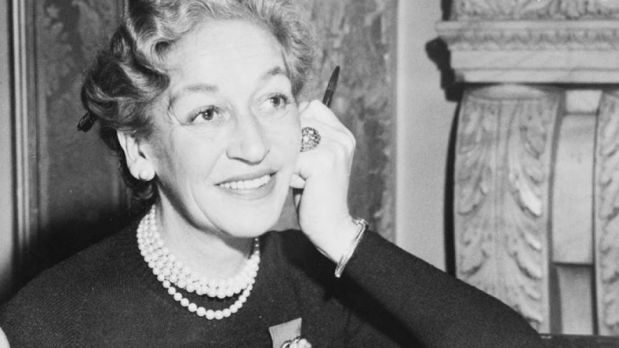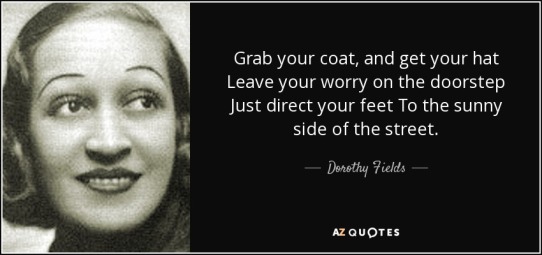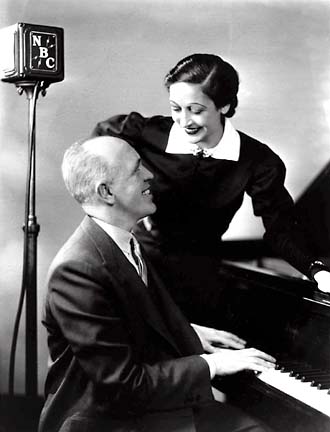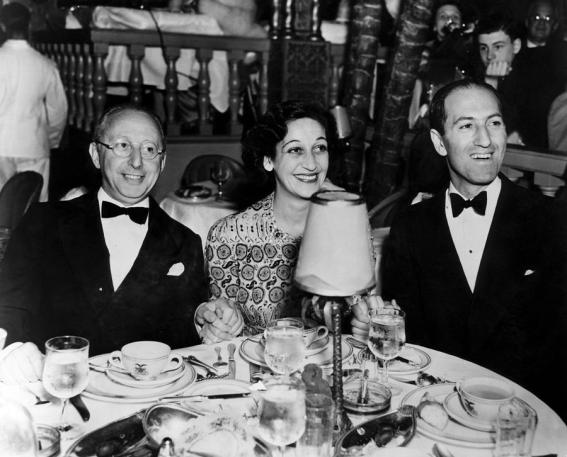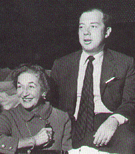I have been blessed to make music with a terrific array of musicians during my musical life here in the Boston area.
In recent years I have worked mostly with pianists, including Doug Hammer, Joe Reid, Tom LaMark, Mark Shilansky, Joe Mulholland, Mike Callahan, and Steve Sweeting.
Joe Reid fortuitously called me four summers ago — a few months after I had been laid off from my day job of sixteen years at the Cambridge Center for Adult Education — and asked if I might like to do a gig at a local retirement community with him.
This first gig — an hour of songs co-written by Harold Arlen plus a few stories about how they came to be written — has led to over a hundred performances together at public libraries, coffee houses, and retirement/assisted living communities with programs featuring the songs of Dorothy Fields, Oscar Hammerstein II, Larry Hart, Cole Porter, the Gershwin Brothers, Jule Styne, Jerome Kern, and Hoagy Carmichael as well as a program of songs written (by the Gershwins, Porter, Berlin, Styne/Sondheim, and others) for Ethel Merman to perform and a program of winter holiday songs written or co-written by Jewish songwriters.
It has been a fruitful collaboration with no end in sight. Soon we’ll be debuting a one-hour program of songs co-written by Sammy Cahn, and 2018 will bring a program of songs written (by Porter, the Gershwins, Berlin, Kern, Fields and others) for Fred Astaire to perform.
But so far Joe Reid and I have no recorded evidence of our collaboration because we have not gone into a recording studio together…
Tom LaMark, Mark Shilansky, and Joe Mulholland have all been a pleasure to work with as well, but I similarly have no recordings to document our time together.
Mike Callahan is now a professor at Michigan State (and the person conducting and/or playing piano in the Pops concert clips on YouTube — which he also arranged and orchestrated!) I hope to make music with him some day in East Lansing…
Steve Sweeting currently lives in NYC; so I don’t get to make music with him as much as I would like. I have, however, included many recordings that he and I have made together in past blog posts.
Which brings me to Doug Hammer.

Doug in his backyard with trees and water…
I do not remember exactly when I started working/playing with Doug.
It may have been when Steve Sweeting moved from Brighton, MA to the upper west side of Manhattan (in the mid-1990s?)
I was living as an au pair with a wonderful family on Spring Hill in Somerville, and Doug and his wife were living not far away on the Somerville/Cambridge border.
If I am remembering correctly, Doug had a very intimate but functional recording studio near the back of his apartment — as far away from the traffic of Beacon Street as possible.
He’d come from Chicago to Boston to study at Berklee, had played piano in other countries (which is how he met his stupendous wife, who is French), and then moved back to the Boston area to build a life as a pianist, composer, accompanist, engineer, and producer.
I think our paths crossed because he played with other singers I knew from having taken a class with Mike Oster in the South End.
Maybe some day Doug can read this blog post and correct or fill in some of missing details…
In any case, I loved the way he played the piano and accompanied singers and built a life with his wife (who is an artist and graphic designer).
And I loved that I could walk or ride my bike to his home studio.
But as many wise texts remind us, life is full of changes.
Doug and his wife decided they needed more space and moved to a new home on the north shore of Boston — where Doug built a recording studio in the lower level of the house and where he and his wife began raising a family.

Luckily it is accessible by public transportation (a surprisingly scenic bus ride from Haymarket T station), and Doug has also been kind enough to drive me to the nearest T stop, Wonderland, when the weather is horrible or the hour is late.
And his family is willing to be quiet upstairs when someone is recording downstairs with Doug.
There are two isolation booths to the right of the piano (which you can’t see in the photo above) which is where I usually stand when we are rehearsing/recording.
This is what Doug looks like when we are rehearsing/recording.

One of the many great things about working/playing with Doug is that we are able to record all of our rehearsals in high fidelity.
He is not only a terrific, playful pianist, but he is also a super competent sound engineer and producer.
Over time he has invested in high-quality musical tools — a Schimmel grand piano, great microphones, and endlessly upgraded recording software and hardware (including an Apple computer which almost never misbehaves) — and he is able to switch effortlessly from being an engineer/producer to being a collaborative pianist/accompanist/co-creator and back again.
The songs at the beginning of this blog post are from a show we did called Will Loves Steve, which featured all songs written by people named Steve, Stephen or Stevie. “Love’s In Need Of Love Today” is by Stevie Wonder, and “Everybody’s Got the Right” is by Stephen Sondheim from his extraordinary show Assassins.
They demonstrate how imaginative and improvisational Doug’s accompaniment often becomes when we work together.
He and I have been operating on a very simple guideline — familiar to improv comedians among other creative beings — for many years.
We always say “yes” to each other’s ideas.
Sometimes I have a specific set of images I share with Doug: “Let’s imagine that we are next to the Charles River and someone has started a fire in an old oil drum” or “We’re in a piney woods on the Cape, and a downy woodpecker is hopping up and down one of the tree trunks.”
Sometimes Doug starts playing something interesting on the piano while he is familiarizing himself with the sheet music for a particular song, and I encourage him to pause and hit the record button so that we can start with his fresh idea before either of us has had much time to think about it.
After each take we usually offer each other feedback about what we liked, what we might retain, and what we might like to explore further (“Let’s try going into a Latin feel on the bridge…” or “How about we do it twice as long so that you can take a solo and then we’ll end it with a triple tag at the end?”)
By the third or fourth take we often find ourselves in completely new and unexpected musical terrain.
Then we let that particular song rest and move on to the next one…
I don’t remember what ideas led us to this thoughtful version of “In My Life” by John Lennon.
I think we recorded it when we were rehearsing for a benefit concert (or maybe when we were rehearsing for a show I did at my old high school in Connecticut?)
Doug’s solo on this take is one of my favorite things that we have ever recorded together.
In the past decade Doug has been devoting more and more of his time and energy to composing and recording CDs of original piano — and increasingly orchestral —compositions.
You can click here for a link to his YouTube channel if you are curious.
Those of us who love to perform with him have been both excited to see his star as a solo artist rise and also sad because it means that he is less available to perform with singers…
Ahh, yes.
Life is full of changes.
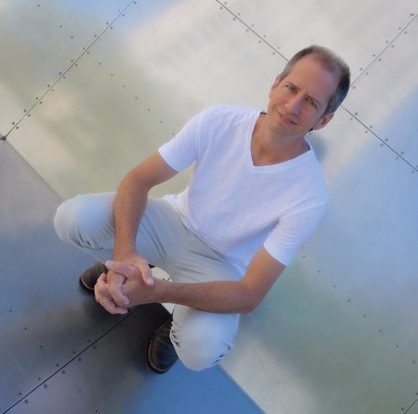
But so far he is willing to continue to work/play with singers in his recording studio.
Hurrah!
He and I are slowly but surely working on a CD of my original songs — which I write using a ukulele and are then transformed by his inspired piano playing.
I do not know when this project will be finished, but I am enjoying the process — one song, one session at a time.
Thank you to Doug Hammer for being born, pursuing a life in music, and working/playing with me on various undertakings for over two decades.
Thank you to Doug’s web site for the photos (probably taken by his talented wife) I have included in this blog.
And thank YOU for reading and listening to yet another post!


